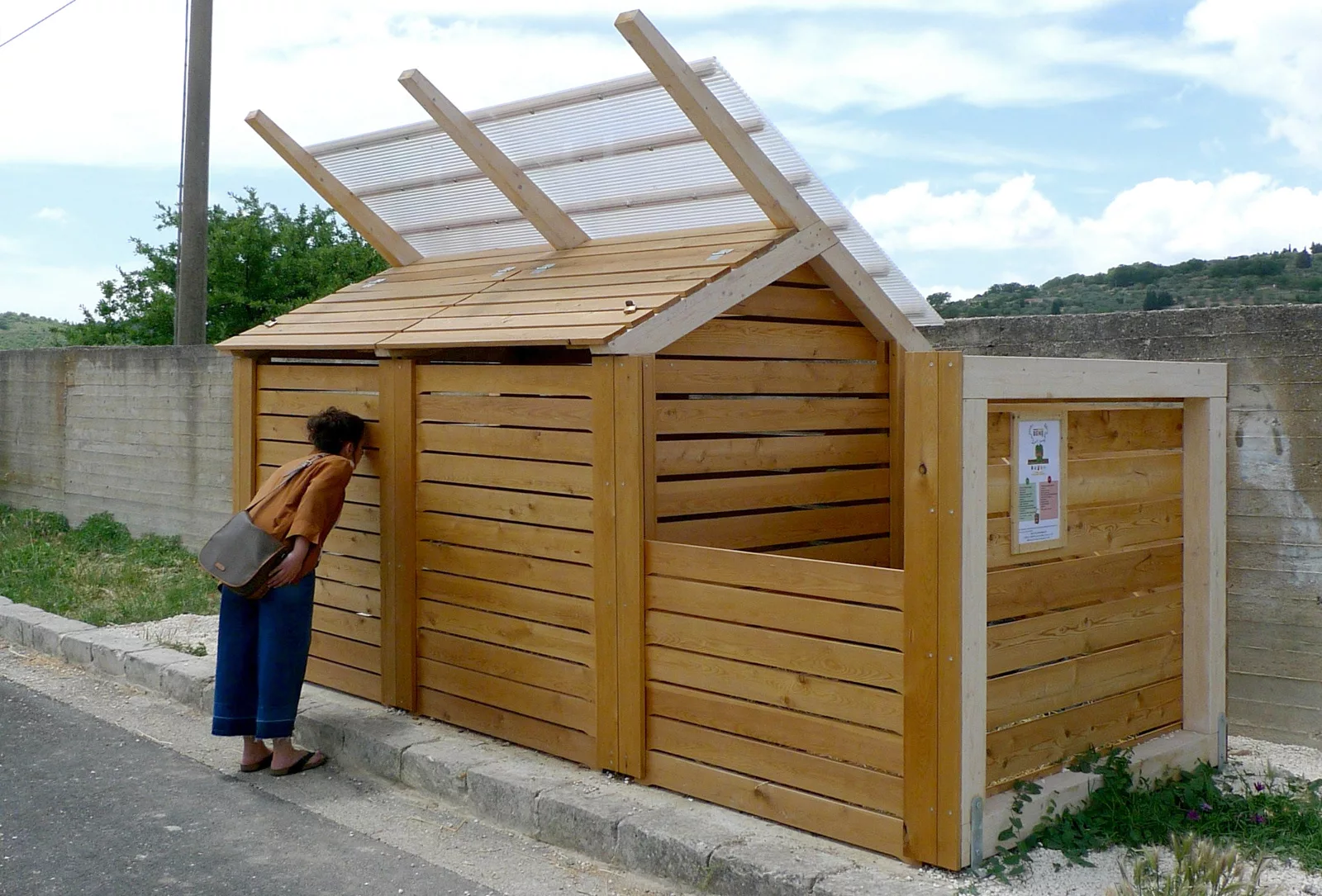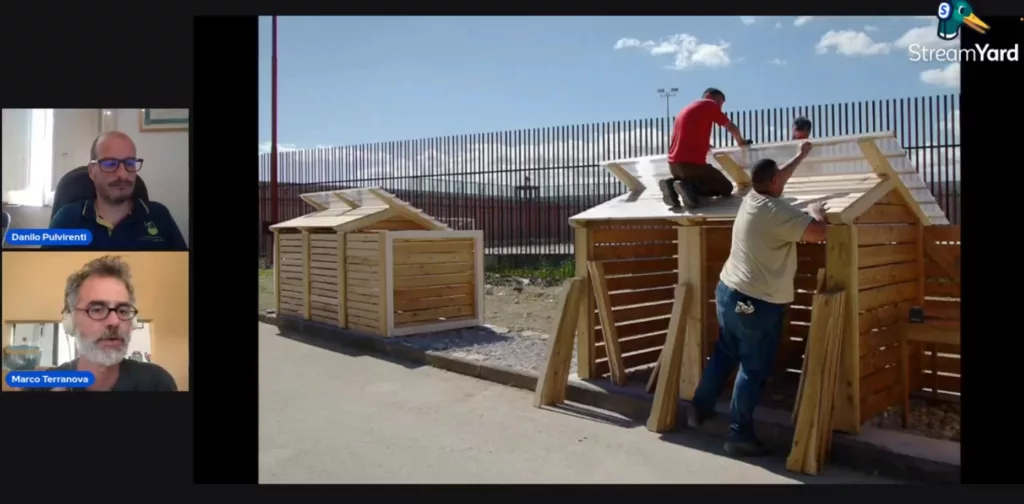Carbon Sequestration by Composting around Mount Etna
The mixing of organic waste with residual waste and the inadequate recycling of separately collected waste is a problem in Sicily. Organic waste should not be seen and treated as rubbish, but a valuable basic material for the humus production. By producing humus, carbon dioxide will be captured.

Within our EUKI project Humus per la Biosfera we promoted and realised organic composting in schools, for private households and municipalities.
Following environmental education lessons and outdoor activities with 4500 students, a total of 19 school composters were installed in 11 municipalities. Each year, we calculate that more than 12 tonnes of CO2 eq. will be sequestered thanks to them. The 4500 schoolchildren who were taught took home special instructions and recommendations for small garden and balcony composters as well as fermentation using the “Bokashi” method. Subsequent surveys revealed an implementation in the households of (extrapolated) 495 own humus productions to date (11% of the total students involved).
The HUMUS project encourages municipalities to provide and promote communal composting areas for their residents. Together with local experts and a model municipality in southern Sicily, we explain to the 27 municipalities participating in the planned biosphere reserve “Terre della Biosfera” why and how to set up such an initiative on a permanent basis and how much money could be saved by recycling their own organic waste.
A growing amount of today 3 community composters are promoted and partly already installed in cooperation with municipalities with a realistically estimated sequestration quota of 45 tonnes of CO2 within the next 10 years.
In total, the carbon sequestration achieved so far is about 30t and in the next 10 years we expect it to reach 165t thanks to school and community composters.

